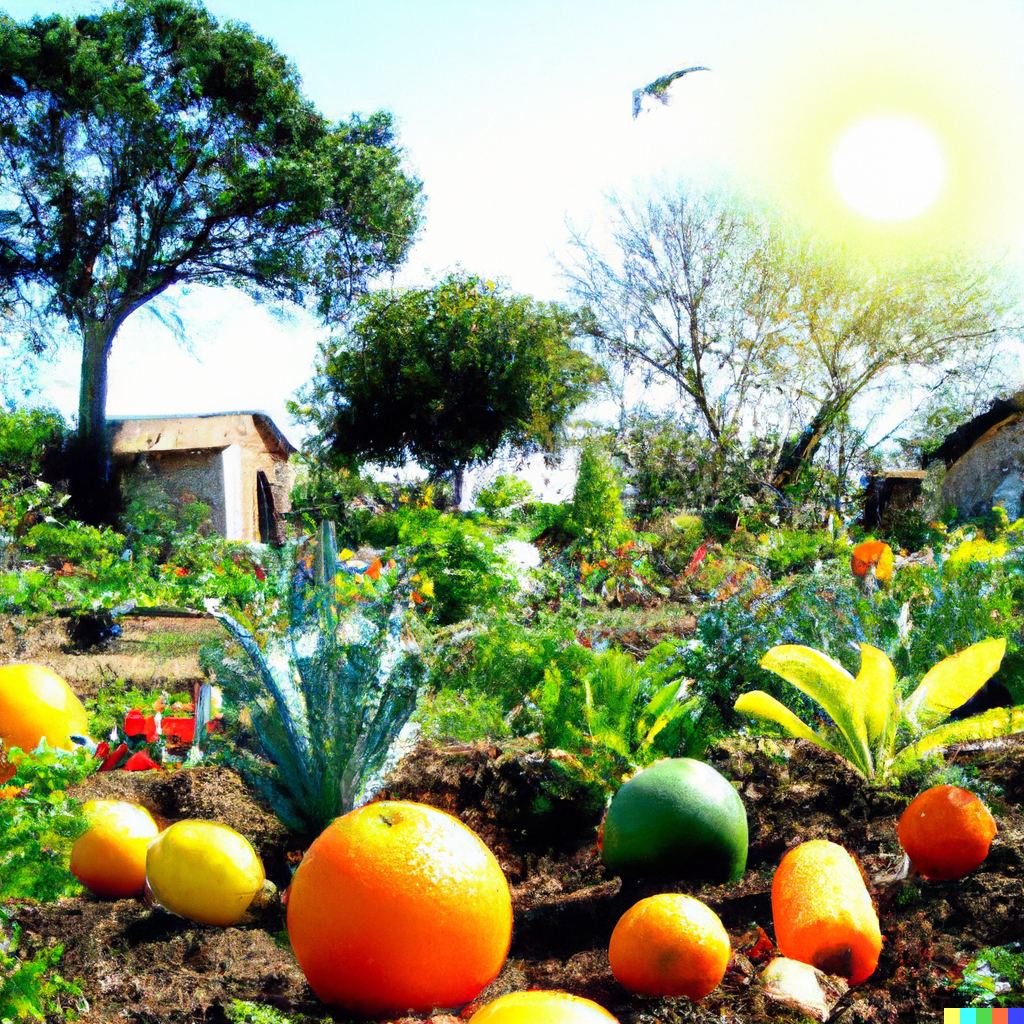Foodscaping: A Revolution at the Crossroads of Landscape Architecture and Edible Gardens

The Concept of Foodscaping
In a world where sustainability and healthful living take center stage, a new paradigm in garden design has emerged—Foodscaping. This innovative trend blurs the lines between traditional landscape design and edible gardens, serving as an engaging means to not only beautify our living spaces but also to feed our families with home-grown produce.
Function and Aesthetics Combined
Foodscaping, a unique blend of function and aesthetics, champions the idea that verdant landscapes can be more than merely ornamental. This innovative practice encourages the integration of edible plants into residential or urban landscapes, resulting in a dual-purpose space: one that is both aesthetically pleasing and bountiful in nutritious produce.
The Roots of Foodscaping
The roots of foodscaping lie in the ancient practices of permaculture—a holistic approach to landscape design that centers on ecological balance and self-sufficiency. This isn’t about relegating your edible plants to a solitary corner in your backyard; instead, foodscaping urges us to intersperse these productive plants throughout the landscape. Imagine vibrant spinach leaves growing alongside colorful marigolds, or robust tomato vines climbing elegantly along your patio trellis.
A Revolution in Sustainable Living
Undeniably, foodscaping has ushered in a new era of sustainable living and landscape architecture, transforming conventional garden design into an exploration of ecological awareness, food security, and culinary creativity. Foodscaping challenges us to reimagine our outdoor spaces not as mere showpieces but as life-sustaining ecosystems teeming with delicious possibilities.
The Therapeutic Benefits
But the benefits of foodscaping extend beyond the physical and visual. Tending to an edible garden can be therapeutic, an antidote to the frenetic pace of modern life. As we sow seeds, nurture plants, and eventually reap our homegrown produce, we engage in a tangible connection with nature—a process that nourishes our bodies and minds alike.
Case Study: Seattle’s Embrace of Foodscaping
Let’s take the city of Seattle, for instance, which has truly embraced the concept of foodscaping. Urban agriculture projects have proliferated throughout the city, converting vacant lots into edible landscapes. These green spaces offer an oasis of tranquility and provide fresh, locally grown produce to communities, fostering a sense of togetherness and shared responsibility for our planet.
A Shift in Attitudes
Despite the growing popularity of foodscaping, it is critical to remember that it is more than a design fad. It signifies a shift in societal attitudes towards sustainable living and local food production, helping to decrease our dependence on long-distance supply chains.
The Getty Center: A Harmonious Combination
Yet, even with all these merits, some might argue that foodscaping restricts the creative freedom of landscape design. To them, we present the edible landscape of the Getty Center in Los Angeles—an awe-inspiring demonstration of how foodscaping can harmoniously combine aesthetics, utility, and sustainability.
Architects of a Healthier World
With the transformative power of foodscaping, we can turn our landscapes into bountiful gardens, painting a canvas that serves the dual purpose of enhancing natural beauty while cultivating food. Foodscaping enables us to be architects of a healthier and more sustainable world, one garden at a time.
A Collective Journey
As we look ahead, we must continue to innovate, experiment, and share our foodscaping experiences. The road to a sustainable future isn’t a solo journey—it requires the collective efforts of each one of us. So, let’s embrace foodscaping, transforming our landscapes and our lifestyles one edible plant at a time.




